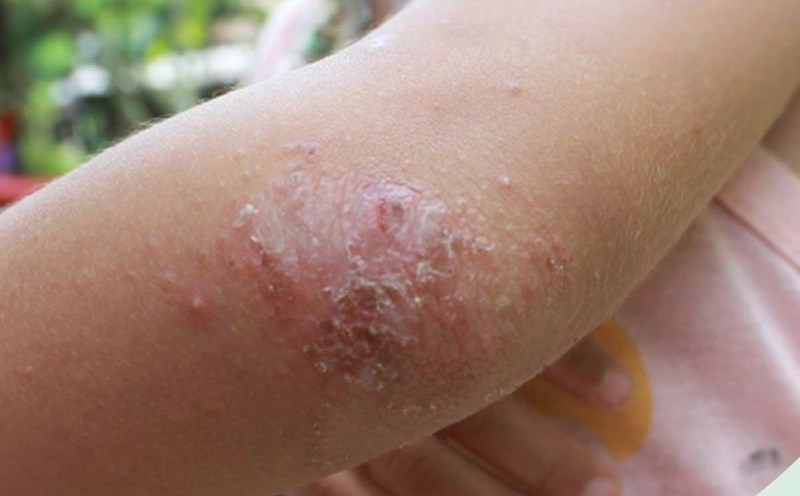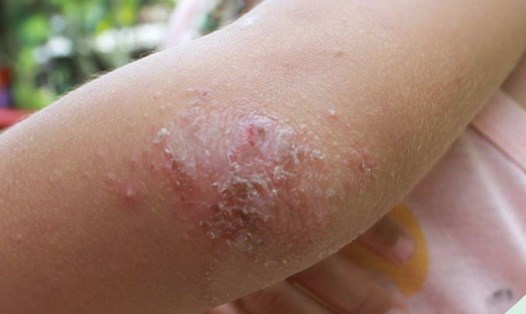What is cholesterol?
Cholesterol is a component of blood lipids, playing an important role in most body activities. Cholesterol is an indispensable factor in the process of neuron cells, as well as in the production of some hormones, helping the body function normally and healthy.
LDL or Lipoprotein low density concentration, also known as "bad" cholesterol, can lead to plaque accumulation in arteries, limit blood flow, increases the risk of heart disease. If your total cholesterol is 200 milligrams on decilite (mg/dl) or higher, that means you have to make an effort to lower your cholesterol level to ensure health.
What is high cholesterol symptoms manifested on the skin?
Yellow tumor
The yellow, greasy tumors or nodules appear under the skin are a symptom of high cholesterol. These marks often appear around the eyes, elbows, knees, joints and buttocks. Gold tumors occur when cholesterol in blood is high and deposits in the skin. This condition is more common in people with extremely high LDL cholesterol, usually due to genetics.
Xanthelasma (eyelid yello)
This is a condition of soft, yellow patches that appear around the eyelids, especially in the corner of the eye. These arrays are often symmetrical and develop gradually over time. Xanthelasma is a sign of the accumulation of lipid (fat) in the skin and may be a sign of high cholesterol.
Arcus Senilis (corneal bracelet)
This is the phenomenon of a gray, white or blue circle that appears around the eyes, but does not affect vision. The cause of this phenomenon is due to cholesterol deposition in the cornea, this phenomenon is common in the elderly (over 60 years old), but when these circles appear in young people, this may be a manifestation of of high cholesterol levels.
Psoriasis
In a study published in the Journal of Arthritis & Rheumatology, participants with high cholesterol are at higher risk of psoriasis, especially those who have never taken cholesterol lowering drugs.









